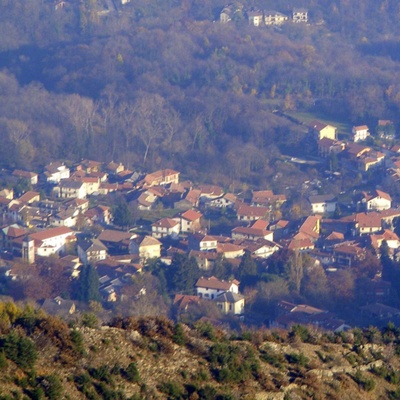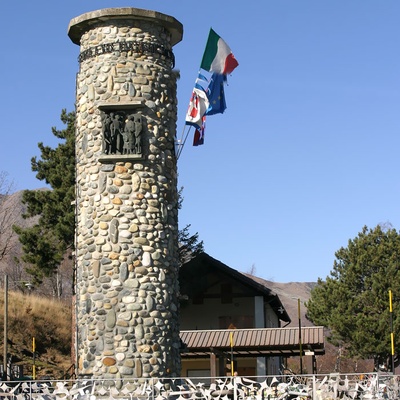
Piazza Roma, 5, 10040 Rubiana
Laid in the Messa valley surrounded by a mountainous and wooded amphitheater, Rubiana became at the end of the 19th century one of the preferred destinations for Turin's summer vacations. The location favored contacts with the Lanzo Valleys from Colle del Lys. Today, precisely at the pass, the Colle del Lys Resistance Ecomuseum preserves the memory of one of the harshest clashes between Nazi-fascists and partisans. The area is also home to a provincial natural park. The core of the town centers around the parish church of St. Egidio (1769), whose bell tower remains to testify to a previous Romanesque structure. Numerous hamlets and villages dot Rubiana's mountainous slopes, among them Mompellato with the sanctuary of the Madonna della Bassa, inside which the decorations by master Francesco Tabusso stand out. Every year in September, a contemporary art festival is dedicated to him. The birth of tourism, with the spread of mountaineering and then hiking, summer vacations, and summer stays, would make the style of "picturesque alpine" popular, which spread well in the Susa Valley in "mid-mountain" locations between 1880 and 1920. Rubiana and the Messa valley became the summer vacation spots par excellence for many upper-middle-class families who, a short distance from Turin, brought sophistication and distinguished guests. The new upscale residences and hotels became social gathering places such as Villa Irma, which hosted Dino Campana in 1818. The architecture of many villas and buildings in Rubiana and its hamlets still relives the splendor of that period: the style of the chalet suisse with wooden fretwork lambrequins on the eaves of Villa Pino, Villa Stevens, Villa Querena (1916) and Villa Varda (the current municipal headquarters), the large windows and bow windows overlooking gardens or woods. The export of urban models to vacation areas and the contamination between architectural styles such as neo-Gothic and Florentintile can be seen in examples like Villa Cassaz (1930), Villa Bruno in Bugnone village, the international Liberty style of Villa Giacometti on Via Roma (1906) commissioned by the CEO of Michelin and decorated with phytomorphic and abstract reliefs, including devilish heads. The styles originate from urban and Turin settings, but in the vacation areas, they find some notable examples among local professionals and clients starting with the construction of buildings like Villa Alchera (1931), and Villa Belmondo (1934).
In September, as part of the Gustovalsusa celebrations, the Gili and Rubianin festival elevates the fragrant flavors of typical cookies, Rubianini, and the small fruits of the Messa woods.





